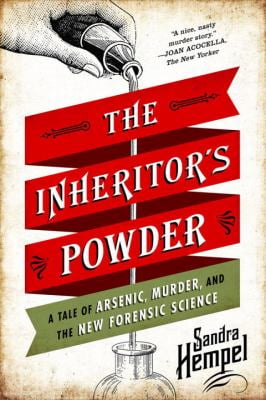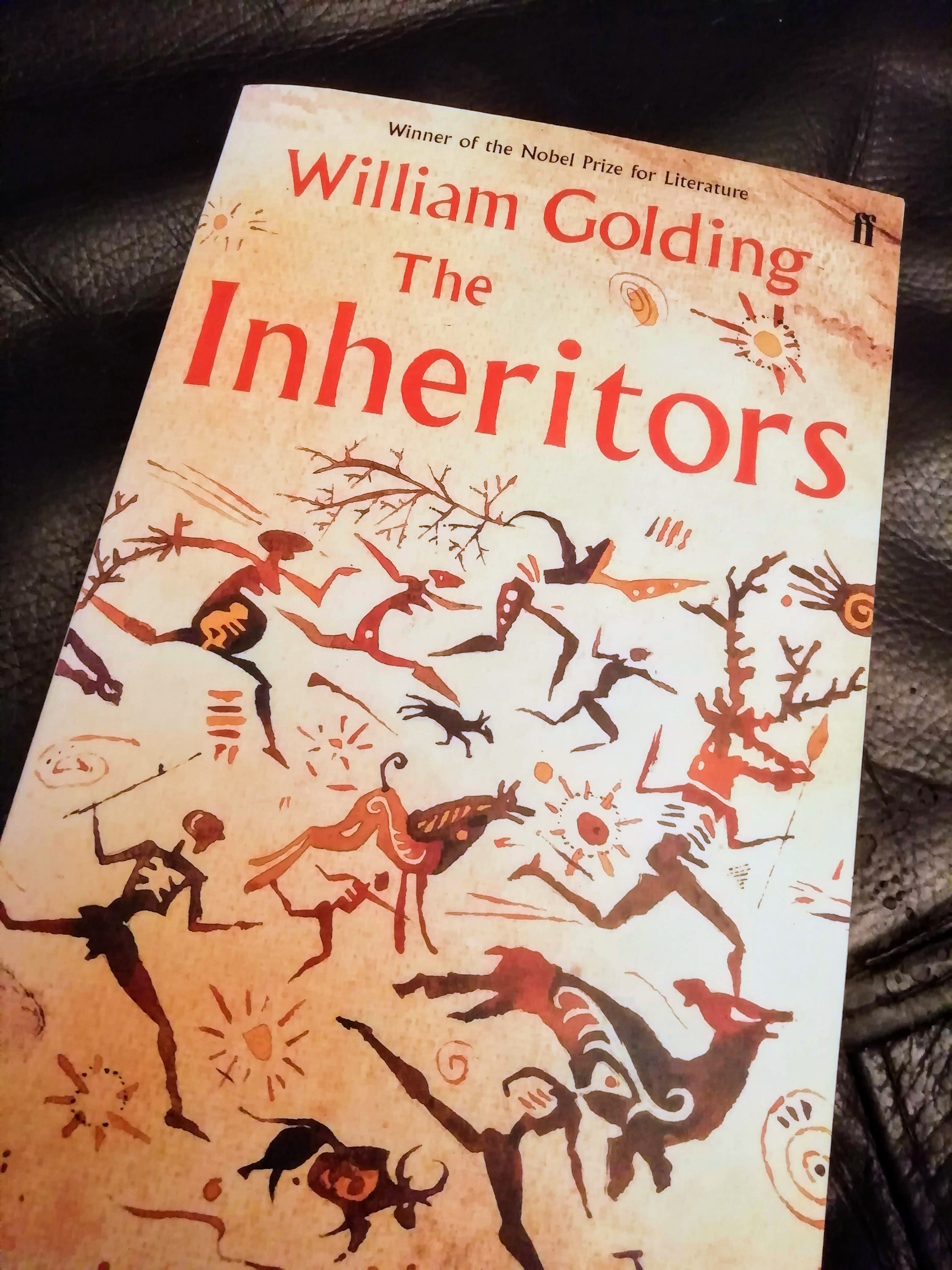

Marsh developed a test for arsenic that continued to be used for the next century and a half. The hero of the story is James Marsh, a chemistry assistant to scientist Michael Faraday and an expert witness for the prosecution in the case. It's a tale that involves a policeman who carries the evidence around for an extended pub crawl, allowing his friends to play with the arsenic a newly appointed, 24-year-old coroner with no medical experience and an inquest carried out in a bar. Incisive and wryly entertaining, science writer Sandra Hempel brings to life a gripping story of domestic infighting, wayward police behavior, a slice of Victorian history, stories of poisonings, and an unforgettable foray into the origins of forensic science.Delving into court and county records and contemporary newspaper accounts, Hempel reconstructs the investigation and trial of Young John, who was ultimately accused of the murder. Were innocent men and women now going to the gallows? And would George Bodle's killer be found? In doing so, however, he would cause as many problems as he solved. The investigation, which gained international attention, brought together a colorful cast of characters: bickering relatives a drunken, bumbling policeman and James Marsh, an unknown but brilliant chemist who, assigned the Bodle case, attempted to create a test that could accurately pinpoint the presence of arsenic.

Three days later, after lingering in agony, wealthy George Bodle died in his bed at his farmhouse in Plumstead, leaving behind several heirs, including a son and grandson – both of whom were not on the best of terms with the family patriarch.

That evening, the local doctor John Butler received an urgent summons: the family and their servants had collapsed and were seriously ill. On the morning of Saturday, November 2, 1833, the Bodle household sat down to their morning breakfast. Available at any corner shop for a few pence, arsenic was so frequently used by potential beneficiaries of wills that it was nicknamed "the inheritor's powder." But it was difficult to prove that a victim had been poisoned, let alone to identify the contaminated food or drink since arsenic was tasteless. In the first half of the nineteenth century, an epidemic swept Europe: arsenic poisoning. "Hempel skillfully weaves whodunit and courtroom drama to take us back to the beginnings of the controversial science of forensic toxicology." -Hugh Aldersey-Williams, author of Periodic Tales and Anatomies

"Told with verve and a keen eye for suspense, The Inheritor's Powder is a great detective story all the way to the very last page." -Holly Tucker, author of Blood Work


 0 kommentar(er)
0 kommentar(er)
